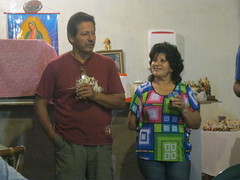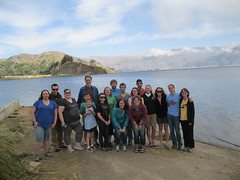 … Continue Reading ››
… Continue Reading ››
Category Archives: Bolivia/Galapagos 2013
Cochabamba, water, monkeys and coca
 I am loving the culture here and the importance of family. I have been struck by how close families are and how my host family took me in as their own child. They didn't have to be so kind and understanding, but they have … Continue Reading ››
I am loving the culture here and the importance of family. I have been struck by how close families are and how my host family took me in as their own child. They didn't have to be so kind and understanding, but they have … Continue Reading ››